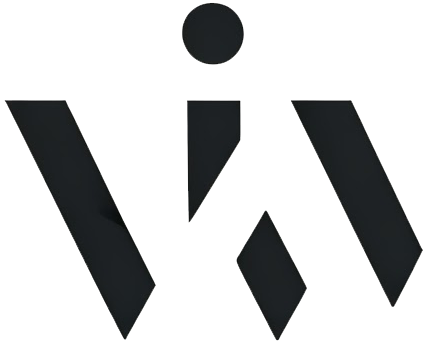Branding Solutions
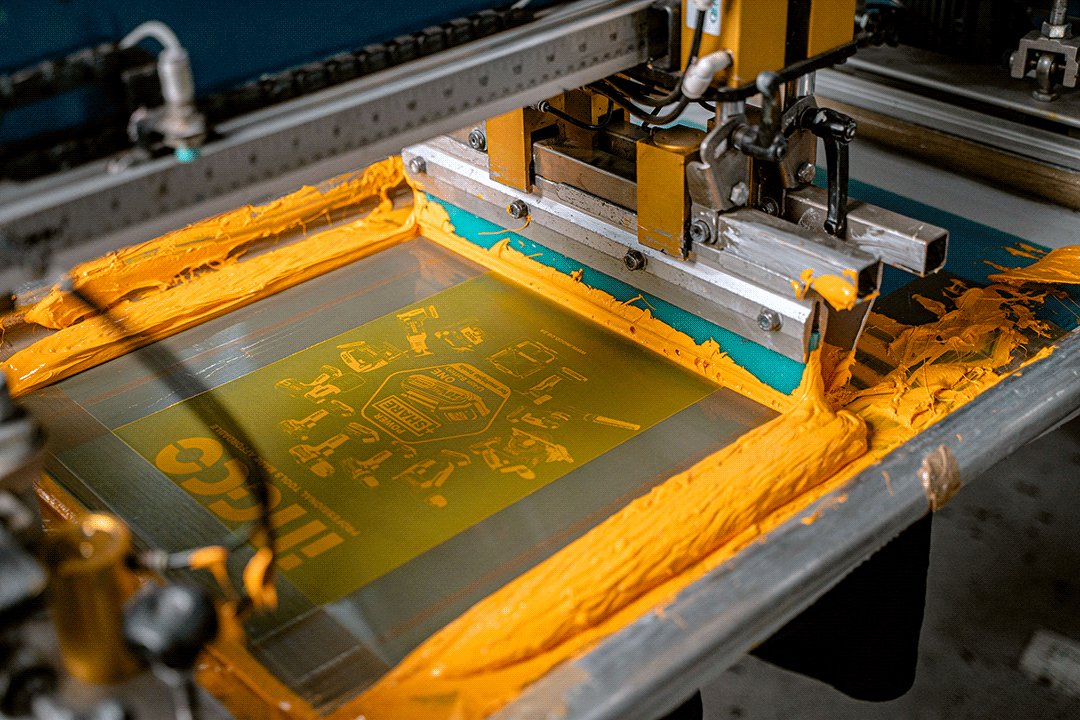
IN A WORLD WHERE FIRST IMPRESSIONS MATTER MOST, MAKE YOURS UNFORGETTABLE!
Choose from 12 different branding solutions.
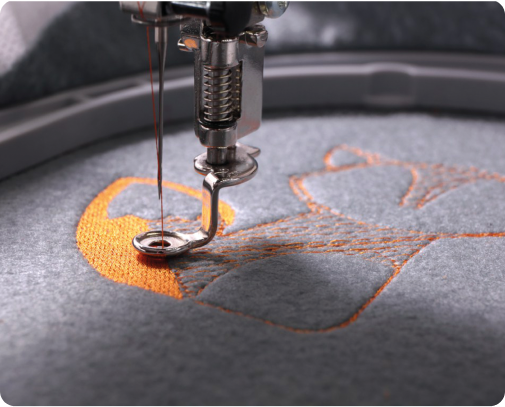
What is Embroidery?
A design stitched onto a material using a high-speed, computer-controlled sewing machine. Embroidery is commonly used on logo patches, apparel, caps or hats.
Advantages:
- Prestigious look.
- Cost-effective for small quantities.
- Durable - won't fade or wash away.
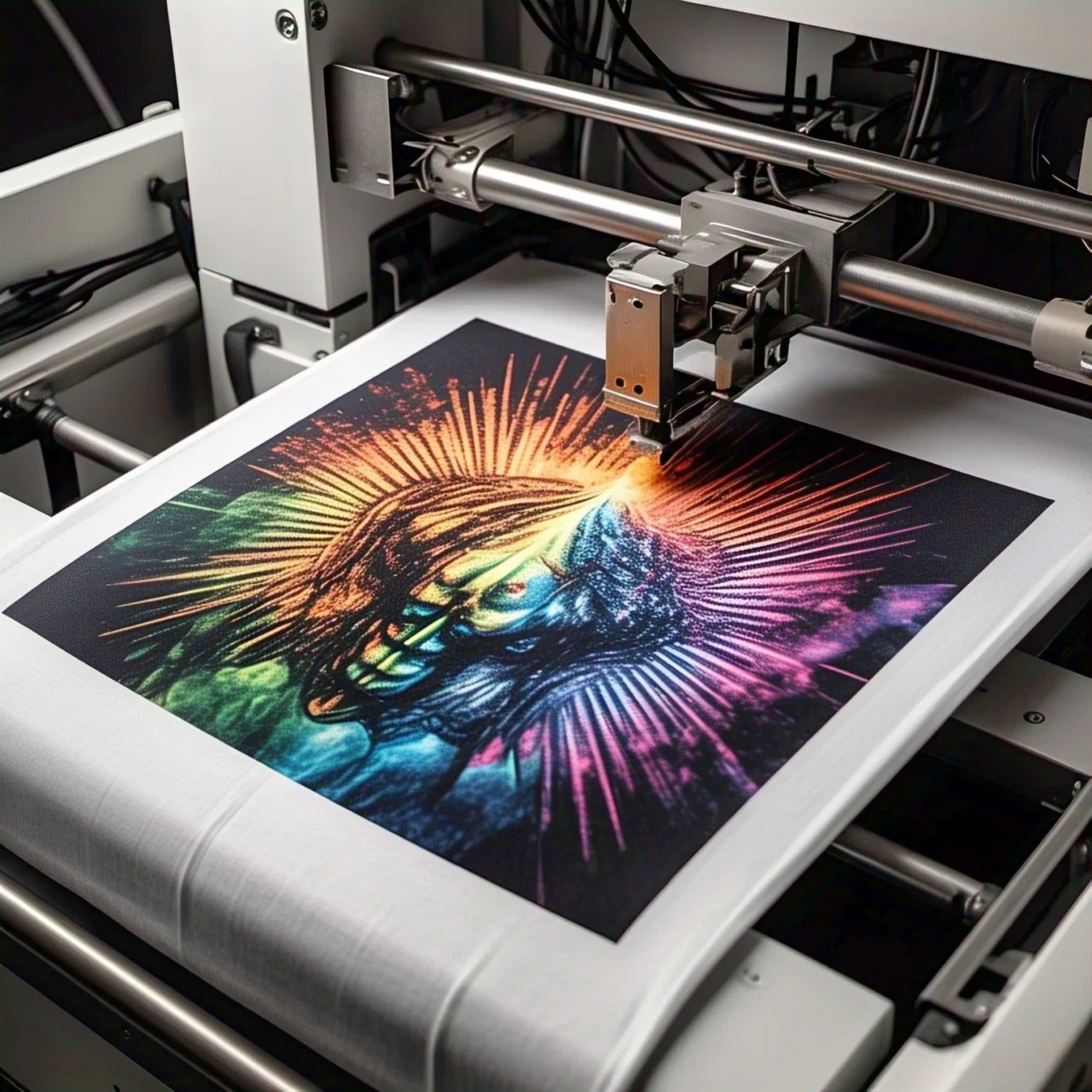
What is DTF?
DTF (Direct to Film) branding is a
cutting-edge printing technique that transfers vibrant, high-resolution designs
onto fabric and other materials with precision.
Advantages:
- Detailed prints with vibrant colors.
- Ideal for apparel & promotional items.
- Perfect for fine details.
- Prints near seams for durability.
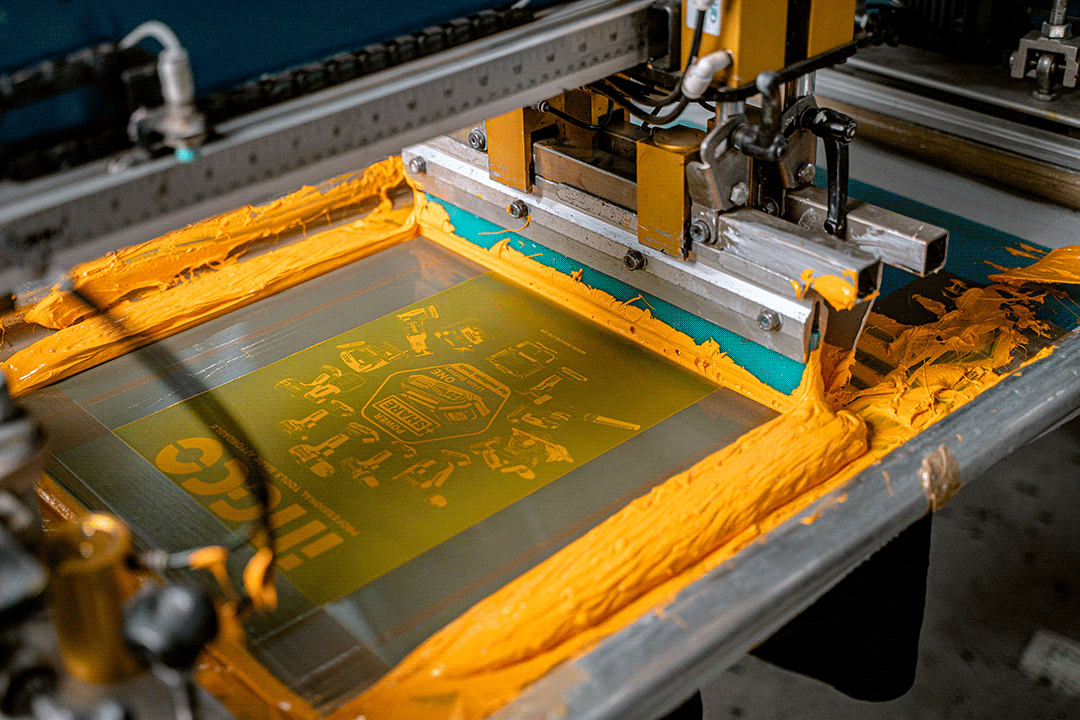
What is Screen Printing?
Screen printing is a traditional technique that uses a screen to apply ink onto a surface, creating a design or image. Separate screens are used for each colour, allowing for mass production of identical graphics.
Advantages:
- Ideal for large orders & cost efficient.
- Large branding area (up to A3)
- Good turnaround time.
- Suitable for small text & fine details.
- Half-tone printing available.
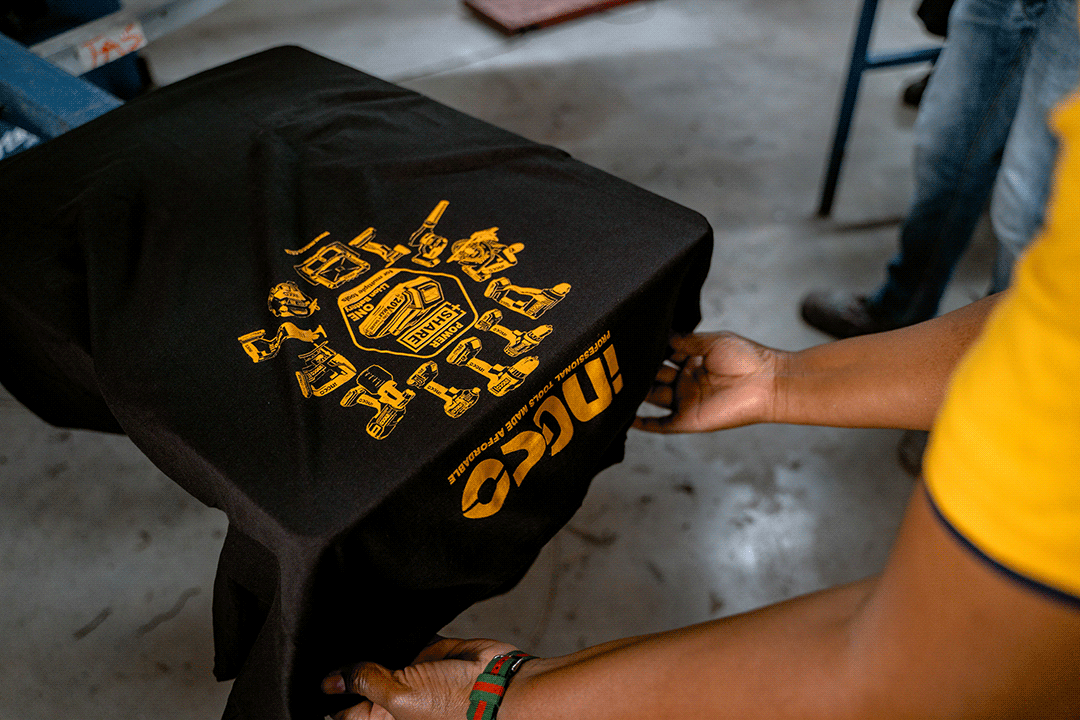
What is Heat Press?
A heat press is a machine that applies heat and pressure to imprint designs onto substrates like t-shirts. This process permanently applies heat transfers, resulting in long-lasting, high-quality prints.
Advantages:
- Brands up to A3 size.
- Quick turnaround time
- Captures small text & fine details.
- Supports shading (some limitations).
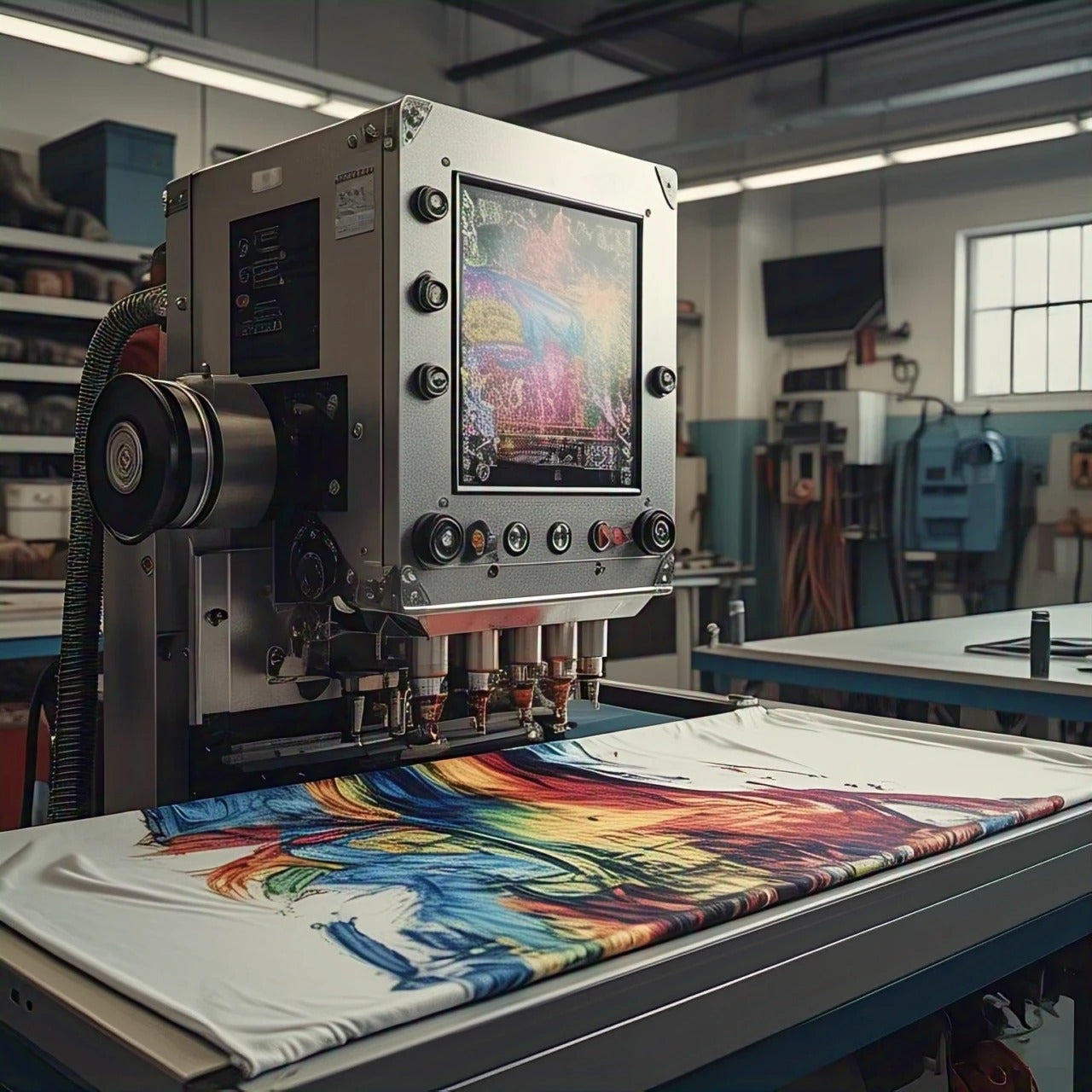
What is Sublimation?
Dye Sublimation transfers printed artwork onto substrates using a digital heat process. With sublimation you can customize garments (golfers, soccer jerseys, netball uniforms, and even rugby socks) for various events and sports.
Advantages:
- Long-lasting prints.
- Customise text & graphics.
- Unlimited colour options.
- Design from scratch, your way.
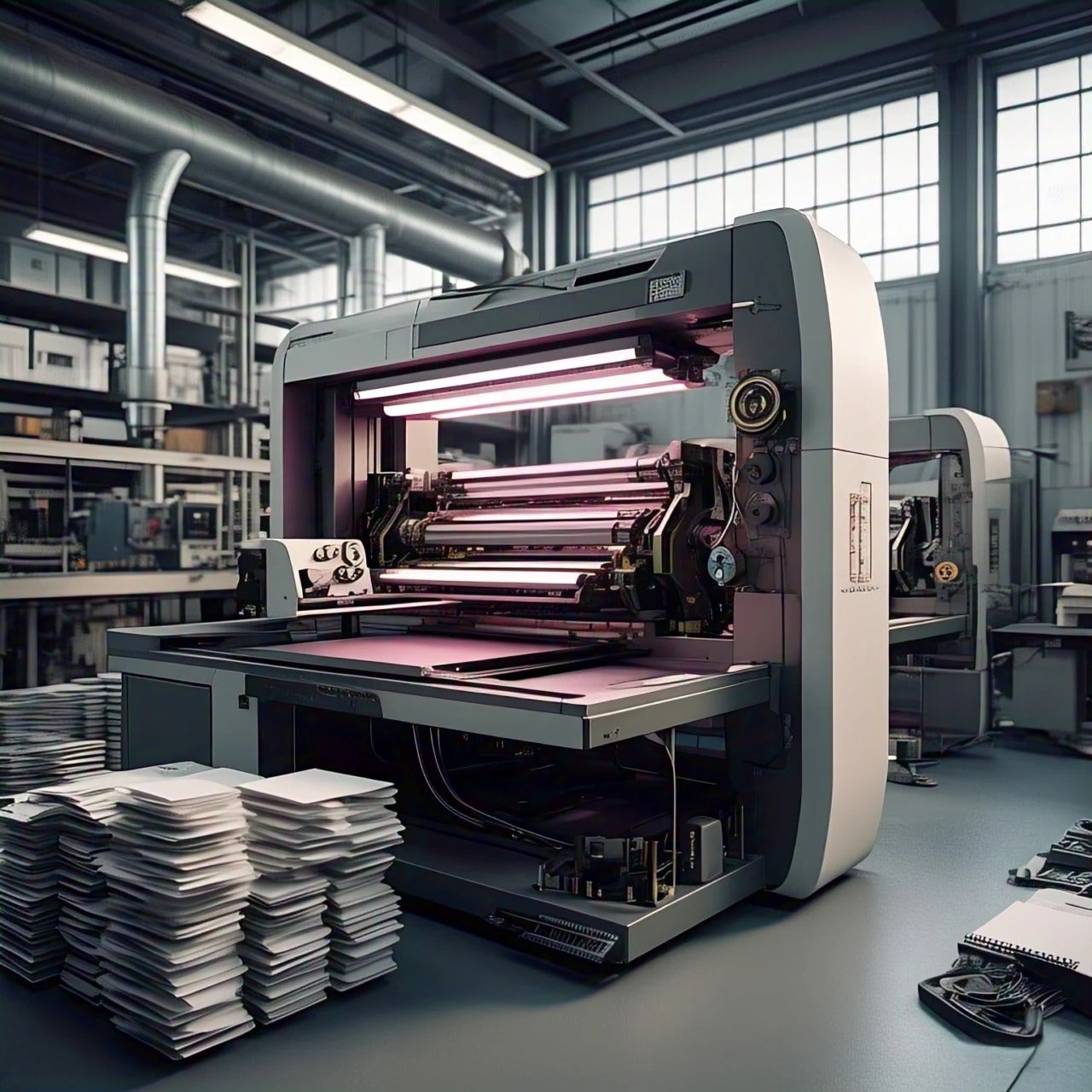
What is Digital Direct?
Digital Direct Printing is a process where a digital print is applied to transfer paper, then transferred onto a chemically-treated product, resulting in a durable, ink-based finish.
Advantages:
- Seamless prints, no trapping needed.
- Exceptional print quality.
- Cost-effective.
- Ideal for small to medium orders.
- Flexible with multiple design versions.
- Quick turnaround times.
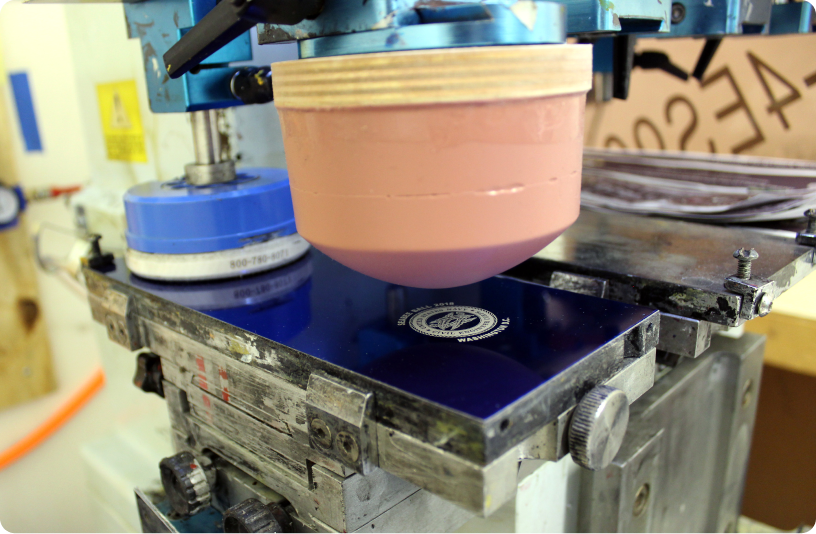
What is Pad Printing?
Ink is applied to an etched plate, then carefully wiped away, leaving ink only in the recessed areas. A silicone pad is pressed onto the plate, lifting the ink and transferring it precisely onto the product. This versatile technique is ideal for customizing promotional gifts.
Advantages:
- Can brand uneven/rounded surfaces.
- Quick turn-around time.
- High precision for details.
- Excellent image quality.
- Customizable designs and colors.
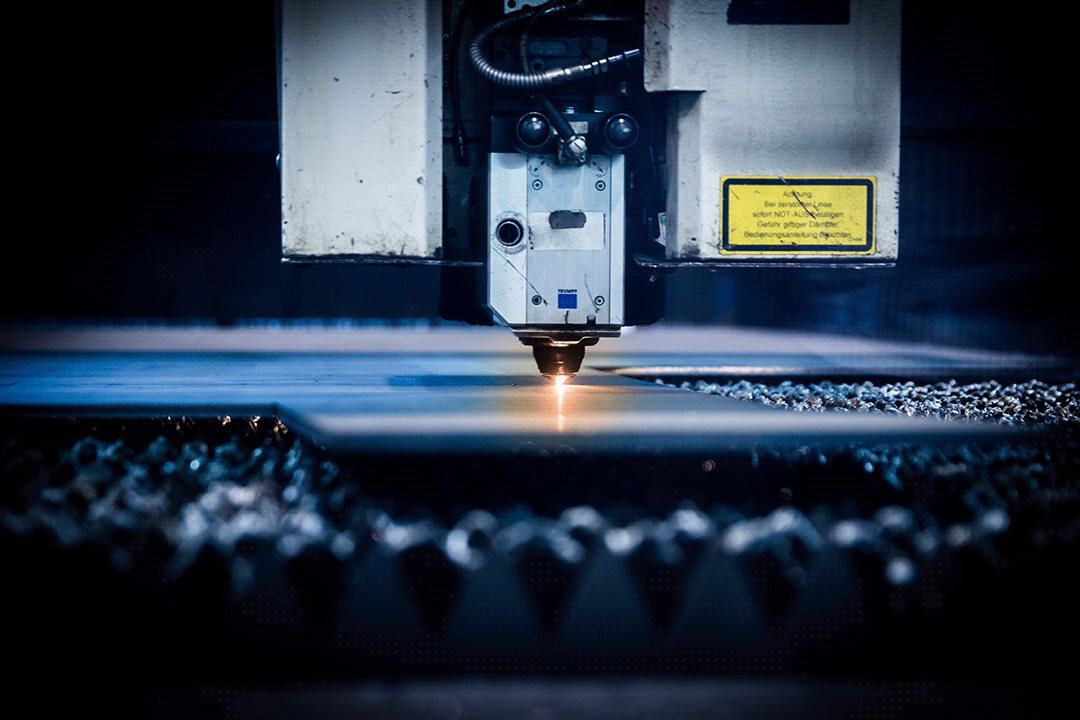
What is Laser Engraving?
Laser Engraving is a permanent marking process using a high-intensity light source. There are two main types of lasers: CO2 lasers are used for organic materials such as wood, glass, plastic, and leather, while YAG lasers are used for metals. This technique is commonly used for customizing gifts.
Advantages:
- Can brand all metal items (Yag laser).
- Decent turn-around time.
- Permanent, non-fading mark.
- Precise and detailed engravings.
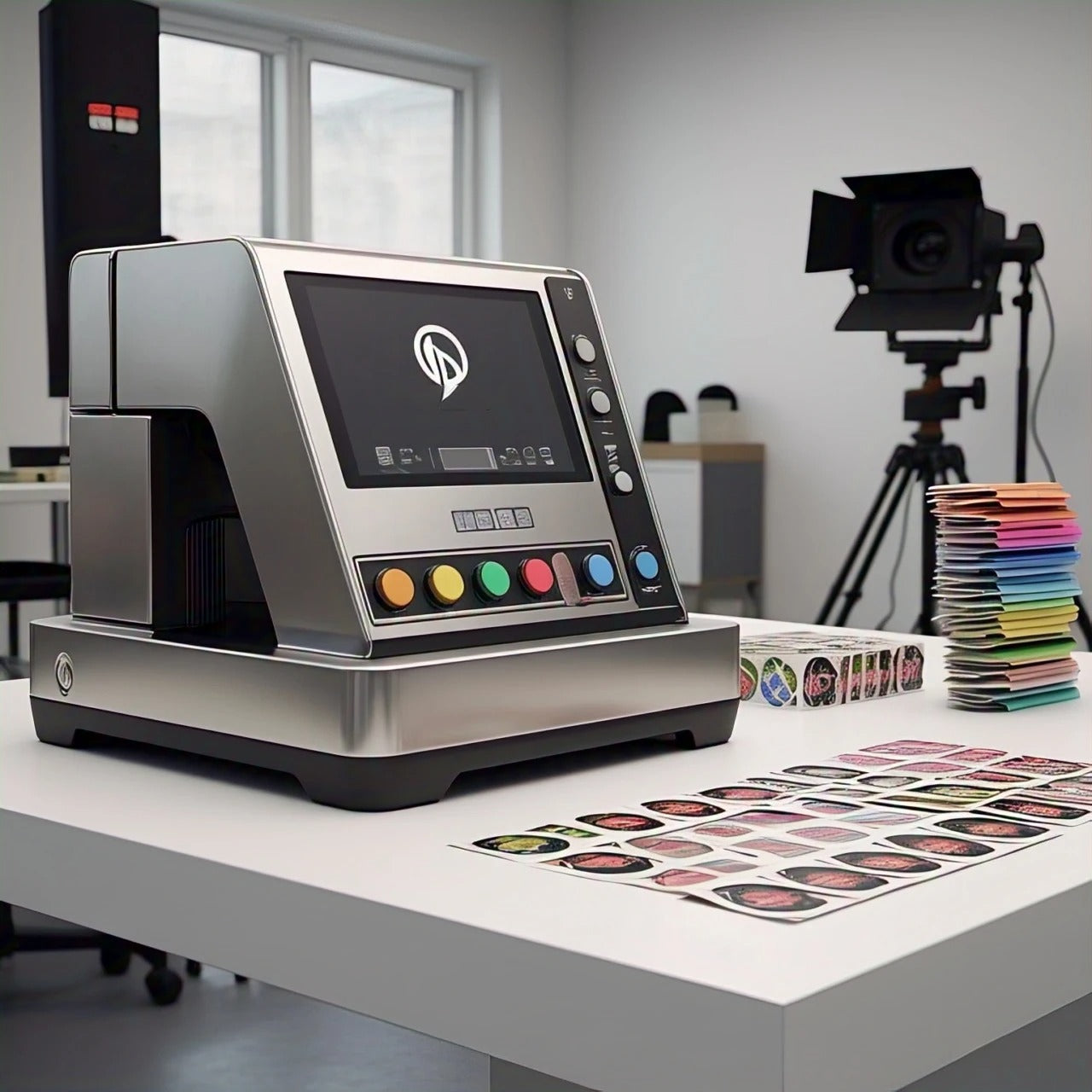
What are Digital Stickers?
Stickers are digitally printed and precision-cut to shape. They are then carefully applied to the products. Digital stickers can be easily applied to both smooth and textured surfaces.
Advantages:
- Environmentally friendly.
- High print quality with vibrant colors.
- Low printing minimums for flexibility.
- Easy to remove without residue.
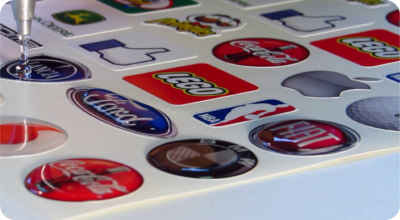
What is Doming?
A thin layer of Polyurethane resin is applied to a digital sticker, producing a raised 3D effect. Popular standalone products include dome stickers, custom name badges, keychains, and zip pulls.
Advantages:
- Can brand any smooth, flat surface.
- Full-colour print for vibrant visuals.
- Provides a high-quality finish.
- Highly scratch-resistant and durable.
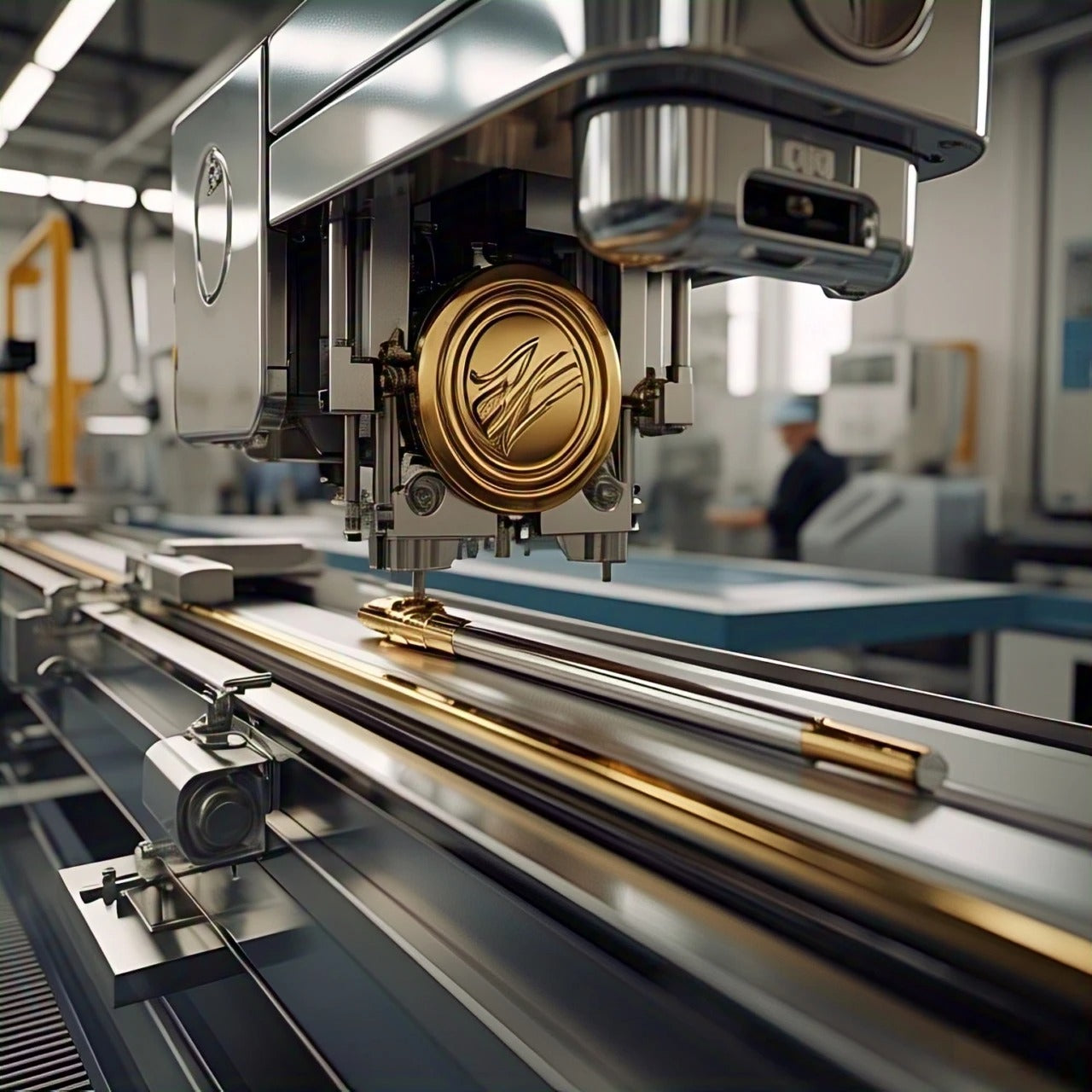
What is Foiling?
Metallic foil is heat pressed onto surfaces using a heated metal block in a specialized machine. The foil is applied with heat, pressure, and precise timing. Foiling is often used to enhance Gifting Products.
Advantages:
- Luxurious gloss finish.
- Looks classy and sophisticated.
- Highly durable and resistant to fading.
- Adds a premium feel to products.
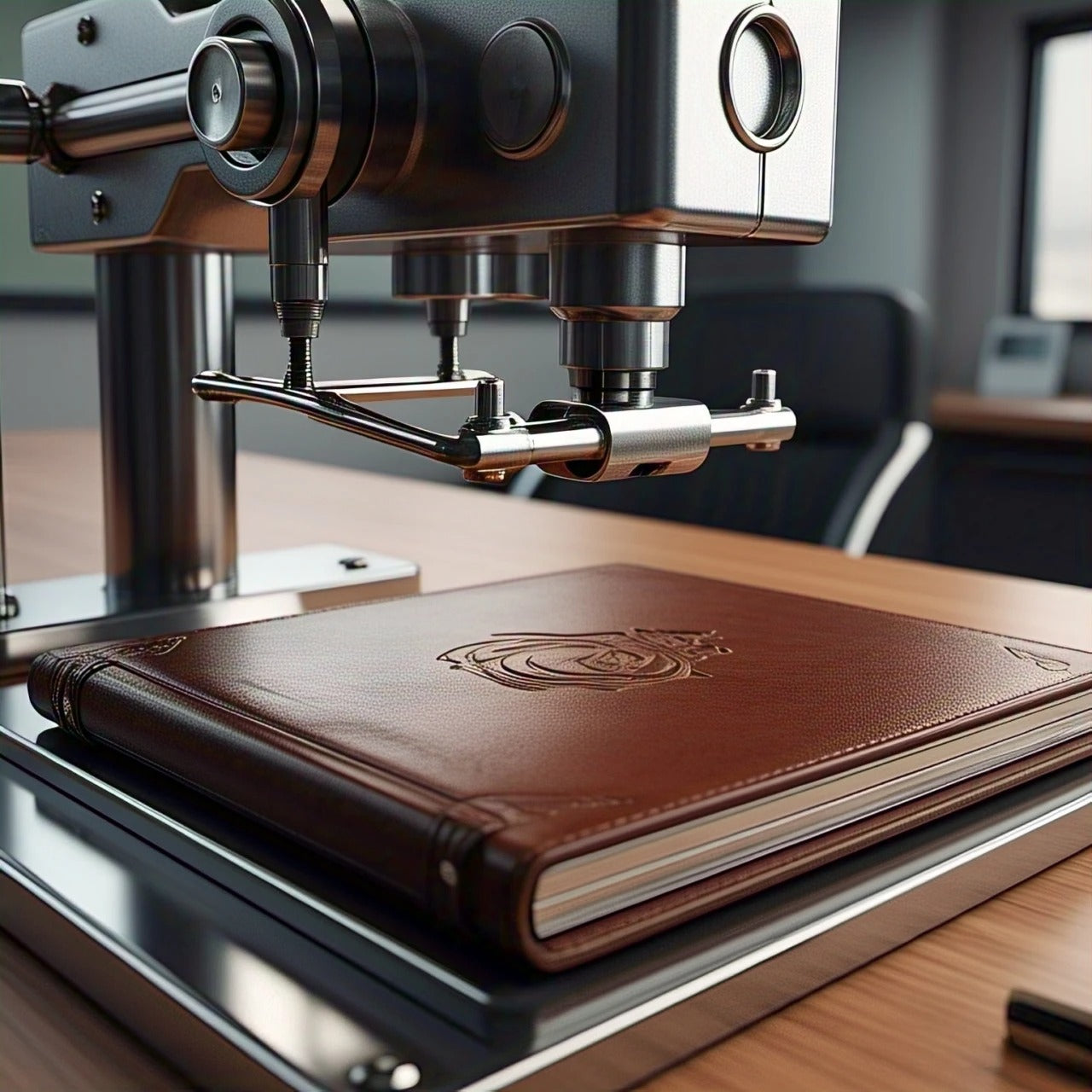
What is Debossing?
Debossing involves heat-pressing a custom metal die into a product's surface, creating a subtle, permanent impression. This process produces a sleek, professional finish that adds sophistication to various products.
Advantages:
- Creates a subtle, classy 3D look.
- Adds tactile depth to products.
- Long-lasting and durable.
- Boosts brand recognition.
